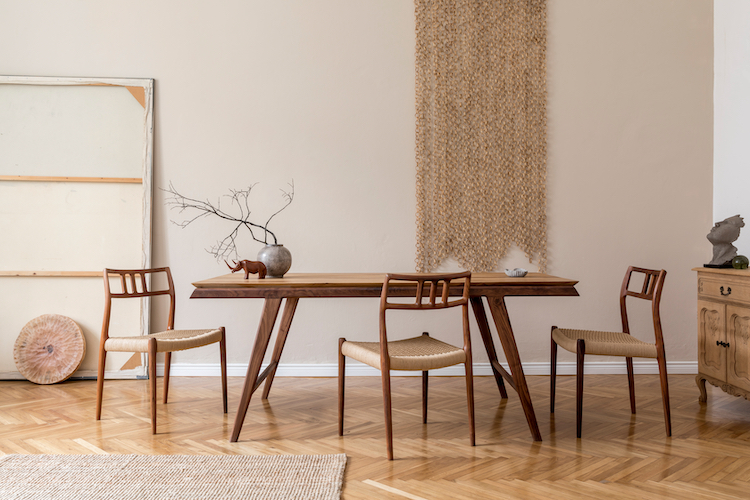From Standard to Modern: Discover the Perfect Dining Area Table Legs for Your Style
While classic layouts such as cabriole and turned legs evoke a feeling of timeless class, contemporary designs like barrette and geometric choices present an opportunity for striking aesthetic rate of interest. As you consider these elements, the inquiry remains: exactly how can you seamlessly integrate these varied leg styles to produce an unified dining experience?
Recognizing Table Leg Styles
The variety of eating space table leg styles can substantially influence both the aesthetics and functionality of the space. Each leg style adds unique visual elements and sensible features, dealing with varied layout choices and use demands. Comprehending these designs is vital for choosing the best table that straightens with your general interior decoration vision.
As an example, tapered legs use a clean, timeless appearance that can boost a room's elegance, while stand bases offer security and maximize legroom, making them excellent for smaller areas. Hairpin legs, a characteristic of mid-century modern-day design, present an industrial flair, enabling an airy, open feeling. Trestle legs evoke rustic appeal, supplying robust support and a sense of timelessness.
Additionally, the choice of products plays a considerable function. Wooden legs can bring warmth and texture, whereas steel alternatives usually share a sleek, modern vibe. Inevitably, recognizing table leg styles is essential for producing a natural dining area that mirrors individual style while ensuring usefulness and convenience. By thoughtfully considering these elements, you can improve both the functional and visual appeal of your eating space.
Conventional Table Leg Options
When picking eating room table legs, typical options typically personify classic style and craftsmanship. These designs reflect a rich heritage and a commitment to top quality, making them optimal for those who value timeless appearances.
Among one of the most legendary conventional leg styles is the cabriole leg, characterized by its elegant rounded form. This style commonly features attractive makings and is most typically discovered in Queen Anne and Chippendale furniture. Another prominent alternative is the transformed leg, which boasts a series of smooth, rounded shapes that offer a timeless look while maintaining security.
Moreover, the straight leg, while basic, provides a unadorned and sturdy structure that can blend perfectly with a variety of tabletop designs. For those attracted to ornate outlining, claw-and-ball feet legs evoke a sense of grandeur and can work as a stunning prime focus in any kind of eating space.
Lastly, pedestal bases, although not purely legs, supply an alternative standard choice that permits enough legroom and can be beautifully carved. Each of these standard leg designs adds to the general setting of a dining-room, marrying feature with visual appeal.

Modern Table Leg Layouts
Modern table leg designs use a diverse series of styles that highlight tidy lines and ingenious materials. These styles typically prioritize capability while functioning as striking prime focus within an eating space. Minimalist aesthetic appeals prevail, with legs crafted from materials such as steel, glass, and engineered wood, which contribute to a modern and airy feel.
One preferred style is the barrette leg, characterized by its slim, conical structure that gives security without overwhelming the tabletop (dining room table legs). This style is typically located in mid-century modern furnishings and can easily complement different table forms. An additional trend is using geometric forms, where legs may take on angular or unbalanced types, including aesthetic interest and a touch of creativity
Mixing Designs for Unique Rooms
Often, property owners look for to create unique dining areas that show their personal style by blending various layout aspects. This approach enables the incorporation of varied appearances, resulting in a harmonious yet distinctive setting. Combining a rustic wood table with sleek, modern-day steel legs can produce an eye-catching comparison that elevates the room's total appeal.
Furthermore, integrating vintage table legs with modern tabletops can evoke a feeling of history while preserving a modern-day perceptiveness. Such mixes not just showcase private preference but also encourage creativity, enabling home owners to curate a space that feels both individual and inviting.
Shade plays a critical duty in this mixing procedure; choosing table legs that match or contrast my latest blog post with the existing color scheme can enhance aesthetic rate of interest. For instance, whitewashed legs can soften the daring of a dark table surface, producing a well balanced visual.
Tips for Choosing the Right Legs
Choosing the right table legs is necessary for achieving both performance important site and aesthetic charm in your dining room. Begin by taking into consideration the total style of your space. Standard setups take advantage of legs that include detailed makings or turned designs, while contemporary areas may call for smooth, minimal designs.
Following, examine the height and security of the legs. dining room table legs. Conventional dining tables range between 28 to 30 inches in height, so ensure the legs complement this measurement for convenience. Furthermore, robust products, such as hardwood or metal, can enhance security and longevity
Examine the leg form as well-- choices consist of straight, tapered, or pedestal layouts. Straight legs supply a timeless appearance, while conical legs can include a touch of beauty. Pedestal bases supply adequate legroom and are excellent for smaller spaces.
Verdict
In recap, picking the ideal eating room table legs calls for mindful factor to consider of both traditional and modern styles. By integrating leg style, elevation, and material with the total décor, a natural and welcoming environment can be attained.
The range of eating room table leg designs can dramatically influence both the visual appeals and capability of the space. Inevitably, understanding table leg designs is necessary for developing a cohesive eating location that reflects individual design while making certain usefulness and convenience.One of the most renowned standard leg designs is the cabriole leg, defined by its elegant bent shape. Straight legs supply a traditional appearance, while tapered legs can include a touch of sophistication.In summary, selecting the perfect dining area table legs requires cautious factor to consider of both conventional and contemporary designs.